This book covers every aspect of the Asiatic Lion, including the past and the present status, and likely future scenario, and also contains an account of about the decade’s of the author’s observations in the Gir Forest. The Management and conservation of the Gir Forests and the Lion during the last five decades, which has made Gir one of the best managed protected Areas in the world, have been summarized. The author has also extracted information from ancient literature and historical records to present the origin and history of the Asiatic Lion. The book also covers scientific and biological information on the Lion. Social behaviour, breeding ecology, physical attributes, habits and habitats, hunting behaviour, feeding patterns and prey base and lion’s predation pattern have been discussed.
Contents: 1. Wildlife conservation : a way of Indian culture and tradition. 2. Origin of the Lion. 3. Asiatic Lion in art and culture. 4. Lion in Indian art and culture: historic range of Asiatic Lion-past and present important ancient Lion coins. 5. The Asiatic Lion’s entry in India : distribution of Lion in India. 6. African and Asiatic Lion. 7. The Lion in Gujarat. 8. Lion census over the years. 9. The gir forests-Lion’s habitat. 10. Lion’s habitat outside Gir-satellite areas. 11. The Lion society-life of the Lions. 12. Wild ungulates-Lion’s prey. 13. Co-predators. 14. Hunting and feeding habits. 15. Gir Lion conservation-past, present and future. 16. Alternative habitat. 17. Interesting observations. 18. Man-Lion conflicts. 19. Man-eaters. 20. Miscellaneous notes. Annexures. References. Index.
ABOUT THE AUTHOR H.S. Singh
Dr. H.S. Singh (IFS-1980 batch), was born in Dewa Village (Manda) in Allahabad district in Uttar Pradesh, India in 1954. His meritorious academic record has earned him an M.Sc. and Ph.D. He held various positions in forestry and wildlife sector. These include Associate professorship at IGNFA-Dehra Dun, CF-Marine National Park, CF-Jungagadh (Wildlife Circle), Director-Gujarat Economical Education and Research Foundation, CF-Vadodara Circle and Chief Conservator of Forest, Research and Training, Gandhinagar. Prior to this book, he has written eight books on wildlife and related subjects, and prepared over a dozen scientific and research documents on the Protected Areas. He designed management plans for four Protected Areas, including the first Management Plan for Gir Protected Area. He also published over five dozen scientific papers and articles in national and international journal. Recognising his meritorious service, the Government of Gujarat awarded him Forest Service Medal on Independence Day in 1993. he won Brandis Prize in 1998 for publishing best article in the Indian Forester, and was awarded the Chaturvedi Prize thrice-in 1997, 1999 and then in 2000 by the Board of Management of the Indian Forester for publishing best articles on wildlife. The Indian Council of Forestry Research and Education (ICFRE) Dehra Dun has awarded the ICFRE Cash Award for 1998-99 for his meritorious contribution in "Forest Conservation". As part of short term studies or member of delegation, he visited UK, Jordon, Thailand, Singapore and Australia. He served as expert member of the National Technical Committee on Mangroves, an external expert adviser on mangroves and consultant of the team of India-Canada Environment Facility (ICEF) for Final Performance Assessment of the project of MS Swaminathan Research Foundation (MSSRF), Chennai on Coastal Wetlands, member of the high level delegation of Government of India, Ministry of Environment & Forest, New Delhi to study the Coral Reef Conservation and Management in Australia and Member Secretary of the High Level Environment Expert Committee constituted by the Gujarat State on direction of the Supreme Court, on Narayan Sarovar Sanctuary.

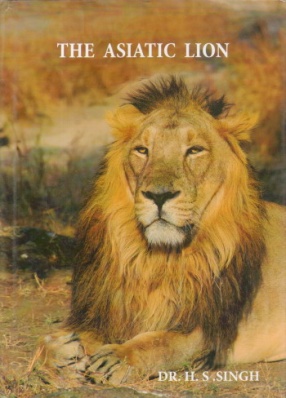
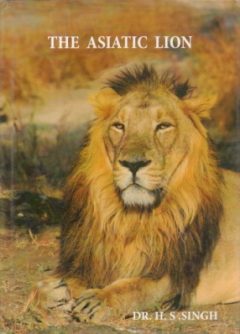
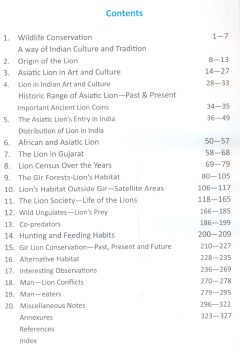
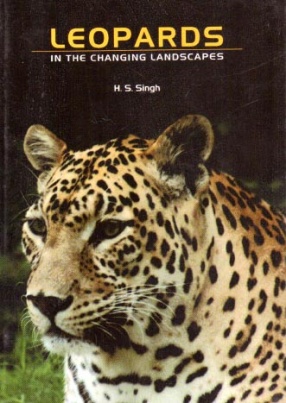
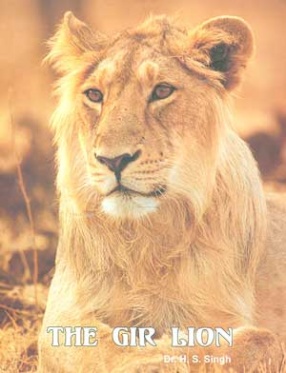
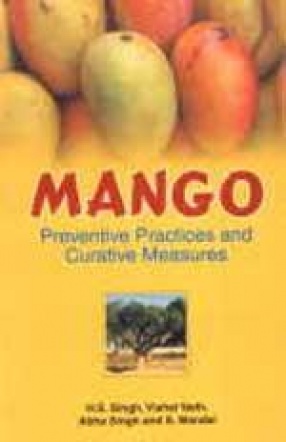

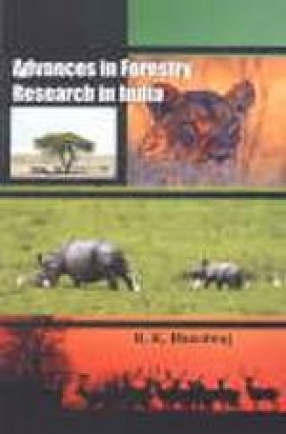

There are no reviews yet.